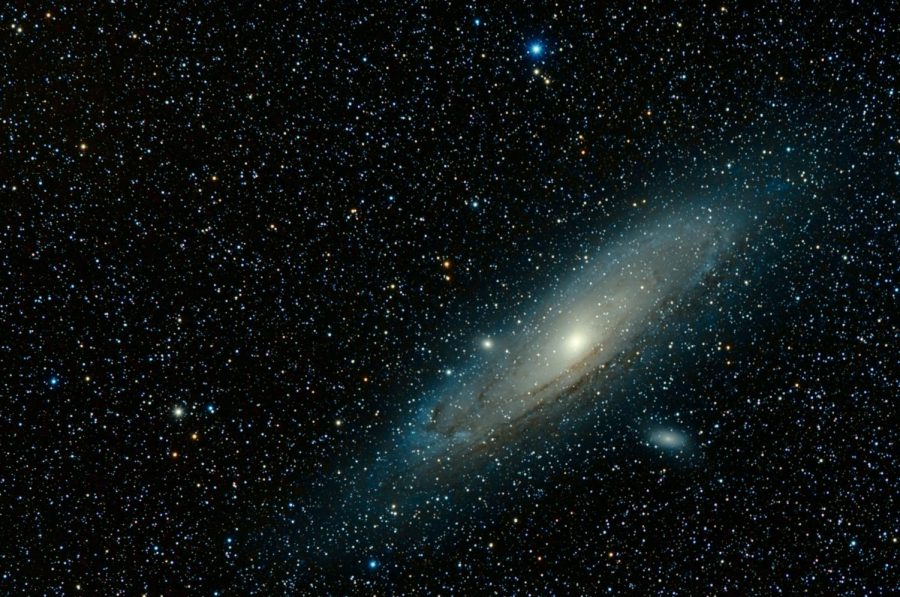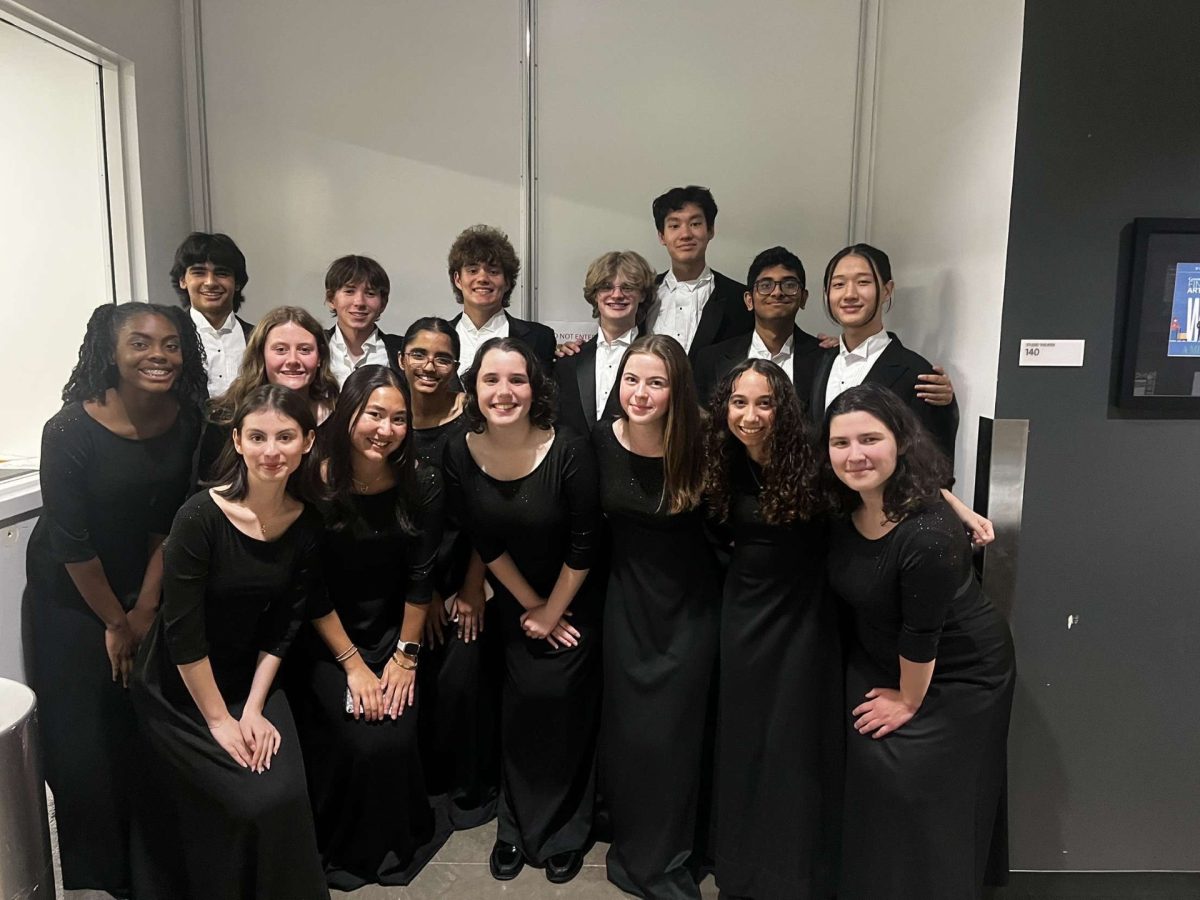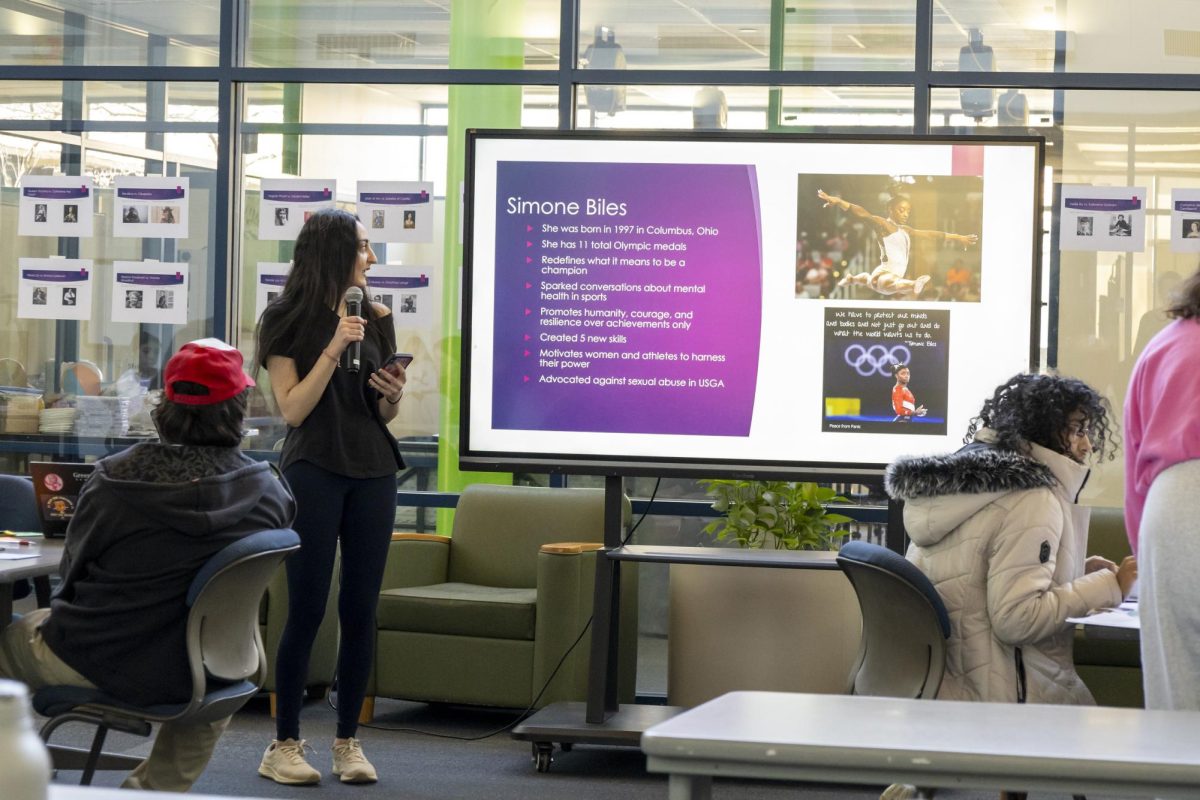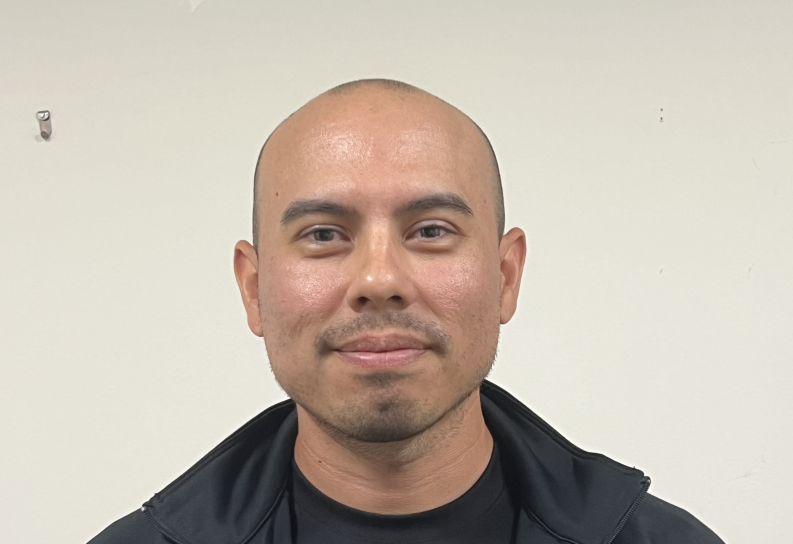Astronomy Returns to the Science Department
January 26, 2023
Making a return for the first time since the 2020-2021 school year, Physics II: Astronomy will delve into the changing skies, strange and distant celestial phenomena and extraterrestrial life, according to the 2022-2023 Course Catalog.
Upper School Science Teacher Michael Haskins submitted a proposal to reintroduce the semester-long course in 2020 with the intent of offering a non-AP physics course.
“It was the most popular option, so we made it happen,” Haskins said.
Senior Drew Brekken, an astronomy student, says that the initial focus of the course is watching and predicting patterns in the sky.
“The first class, we calculated the distances between planets in our solar system on a 1 to 1 billion scale, showing the vastness of our solar system by demonstrating it on the football field,” said Brekken. “Since then, we have discussed what we know about space just by observing the patterns in the sun and the moon.”
Astronomy is structured similarly to freshman year Physics I; it entails a ground-up approach, with an emphasis on the basics and then further development. The year begins with sun and moon patterns and culminates with a study of light.
“I treat the students as astronomers in our past…our ancestors simply watched the sunrise and the moon, then came up with predictive models,” said Haskins. “The start is just observing, then we focus on the measurements and translations, and trying to find out how far away and how large they are.”
After the initial phase of observing the sky, students will begin to look at kinematics, motion, forces and energy in terms of astronomy. The class will then shift focus to Newton’s Law of Universal Gravitation, conservation of energy, orbits and Kepler’s Laws.
Brekken says he wanted to take astronomy because he wanted to find another science elective class that he would enjoy and learn something new.
“I’m also looking forward to learning more about space, time and black holes later this semester,” Brekken said.
Finally, the year will move to a study of light so these dynamics can be visible. Students explore how light is emitted from celestial bodies in order to better understand their composition.
“The plan is to go as far as possible,” Haskins said. “It’s not an AP course, and it focuses on bits and pieces, so we don’t go as deep on a bunch of broad topics.”











